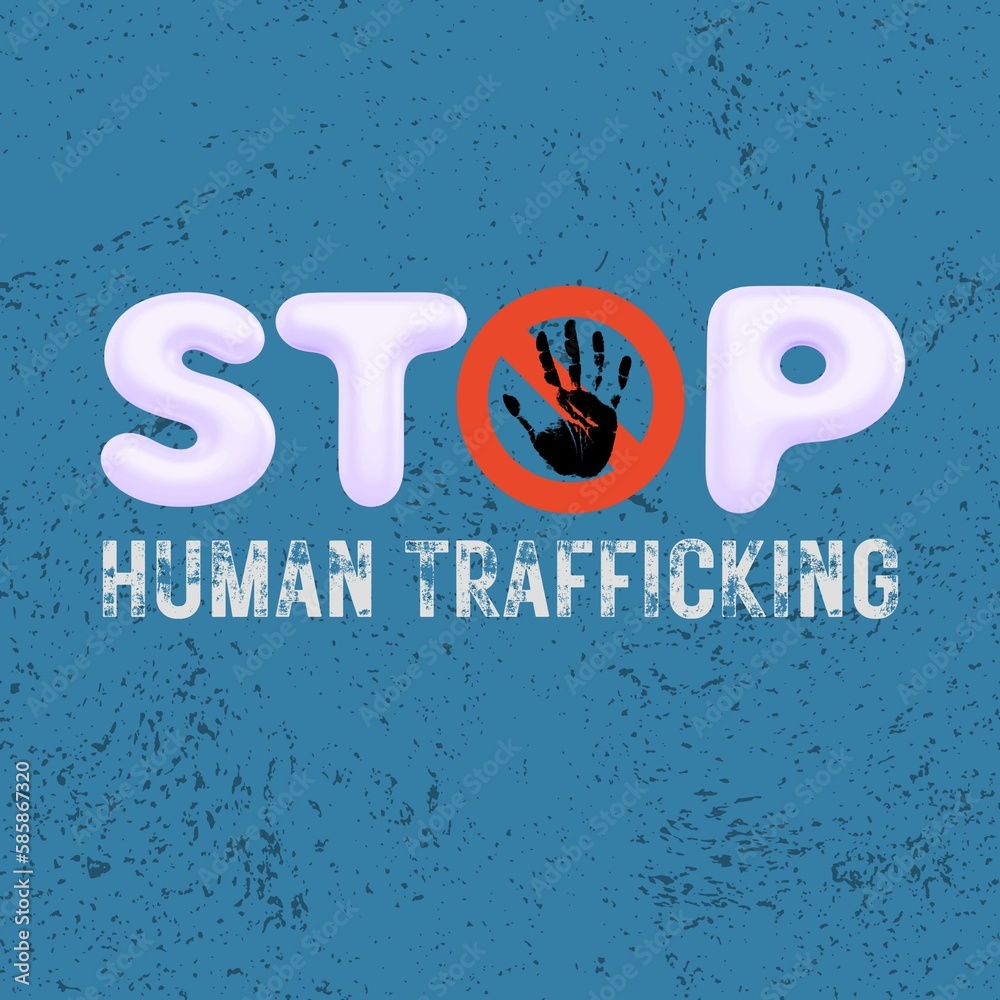Global Strategies for Human Trafficking Prevention
Millions of people are still victims of human trafficking today. The
2016 Trafficking in Persons Report places a strong emphasis on the value
of prevention and calls on governments to collaborate with law
enforcement, civil society, and local communities to identify and
protect individuals who may be particularly at risk of human
trafficking. Governments and local communities may take the following
five crucial steps to stop human trafficking:
-
Expand Research and Data Gathering: The crime of human trafficking is intricate and covert. Because of this, it is challenging to collect accurate data, particularly about local, regional, and worldwide occurrence. Governments and civic society must support and finance research that provide baseline data to shed light on the causes, traits, patterns, and effects of all types of human trafficking in order to enhance prevention efforts.
-
Increase Public Knowledge: An essential component of any anti-trafficking effort is educating the public about the dangers and warning indicators of human trafficking. Governments, civic society, and the commercial sector can work together to create awareness campaigns with specific goals, whether they are aimed at vulnerable groups or law enforcement authorities who are in charge of stopping the crime.
-
Establish Programs and Policies for People at Risk: To stop human trafficking and protect vulnerable people, governments and other interested parties should create policies and initiatives. For instance, workers are less likely to be exploited when governments permit them to organize and join trade unions.
-
Strengthen International Cooperation: Multilateral engagement offers special chances for prevention because human trafficking happens in almost every nation on the planet. By combining their efforts with measures on national security and human rights issues, as well as supply chain accountability and migration management, governments are combating human trafficking in a number of ways. Governments, universities, the commercial sector, civil society, and survivors can also share knowledge on experiences, difficulties, best practices, and new issues pertaining to human rights through multilateral collaboration.
-
Establish Collaborations: Together, the perspectives and abilities of trafficking survivors, NGOs, faith organizations, philanthropists, academics, and corporations will spur innovation and result in long-term advancements in the fight against human trafficking. Governments have a critical role in forming alliances and uniting interests.
The response to human trafficking has gained momentum since 2000, when the United Nations adopted the Protocol to Prevent, Suppress, and Punish Trafficking in Persons, Especially Women and Children, supplementing the United Nations Convention against Transnational Organized Crime (Palermo Protocol). Most governments around the world have ratified and implemented elements of the Palermo Protocol using the 3P framework -- protection, prosecution, and prevention -- to fight human trafficking. Most countries also now have laws that criminalize all forms of human trafficking. Over the last two decades, promising practices have emerged in victim identification, law enforcement, and victim care, such as incorporating survivor voices in all aspects of anti-trafficking policy development and implementation.
